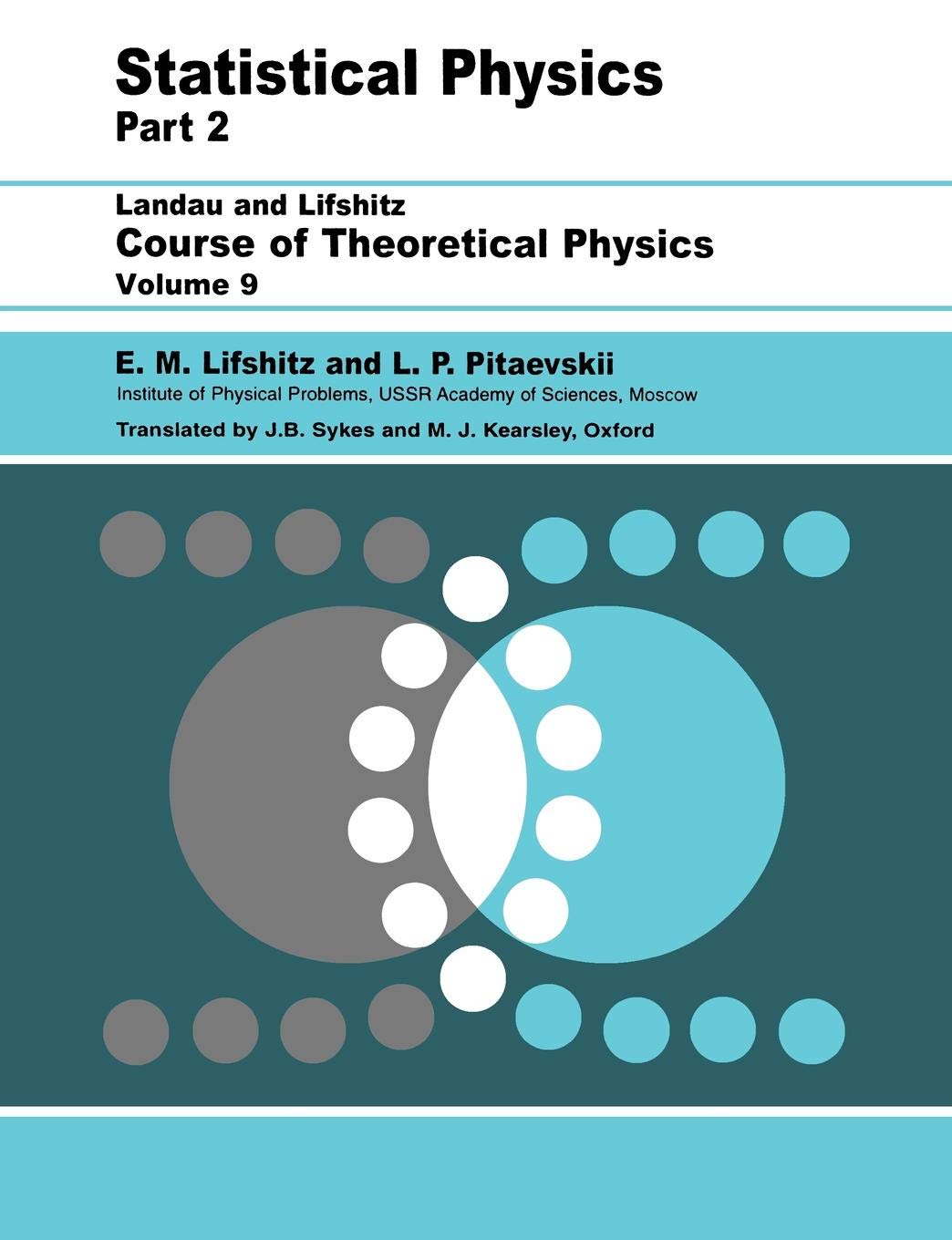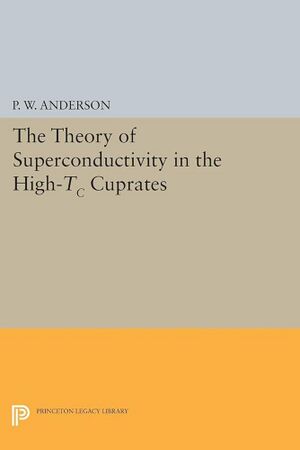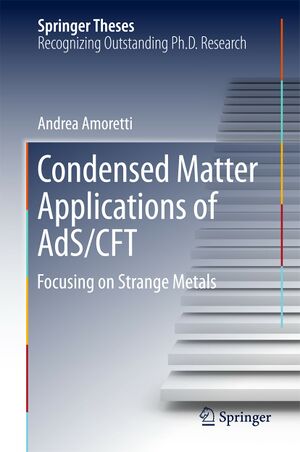Statistical Physics part 2 - quantum theory (Book): Difference between revisions
(added main summary) |
|||
| Line 11: | Line 11: | ||
|isbn13=978-0-75-062636-1 | |isbn13=978-0-75-062636-1 | ||
}} | }} | ||
Quantum statistical physics is fundamental in the description of superfluid Helium, metals and ordinary conductivity, superconductivity, and other quantum phenomena of matter. | Quantum statistical physics is fundamental in the description of superfluid Helium, metals and ordinary conductivity, superconductivity, and other quantum phenomena of matter. One of the initiators of the field was Landau himself, many famous models are named after him. Carrying this on, Philip Anderson coined the name "condensed matter physics" and developed the technique of symmetry breaking and Anderson localization. Anderson's symmetry breaking and the resulting Goldstone-Bosons originated here, despite the fame of the Higgs mechanism in the Electroweak theory that explains how many fundamental particles appear to gain mass. As such, it has already shown to be an important proving grounds both experimentally and theoretically for methods in quantum field theory, and this continues to be the case. Modern problems focus on the engineering of artificial atoms (Quantum Dots), the theory of superconductivity for high critical temperatures (this is not explained by the usual low Tc theory), the Integer and Fractional Quantum Hall Effects; From those come emergent gauge fields, Chern-Simons theory, the Twisted-Equivariant cohomology classification of topological phases (Kitaev, Freed), and applications of AdS/CFT. Condensed matter, due to this and the immense wealth produced by the development of semiconductors and modern computing devices, is the largest and most active area of physics today. | ||
=== Applications === | === Applications === | ||
Revision as of 20:45, 13 November 2023
| Statistical Physics Part 2 | |

| |
| Information | |
|---|---|
| Author | Lev Landau |
| Language | English |
| Series | Course of Theoretical Physics |
| Publisher | Butterworth-Heinemann |
| Publication Date | 1980 |
| Pages | 387 |
| ISBN-13 | 978-0-75-062636-1 |
Quantum statistical physics is fundamental in the description of superfluid Helium, metals and ordinary conductivity, superconductivity, and other quantum phenomena of matter. One of the initiators of the field was Landau himself, many famous models are named after him. Carrying this on, Philip Anderson coined the name "condensed matter physics" and developed the technique of symmetry breaking and Anderson localization. Anderson's symmetry breaking and the resulting Goldstone-Bosons originated here, despite the fame of the Higgs mechanism in the Electroweak theory that explains how many fundamental particles appear to gain mass. As such, it has already shown to be an important proving grounds both experimentally and theoretically for methods in quantum field theory, and this continues to be the case. Modern problems focus on the engineering of artificial atoms (Quantum Dots), the theory of superconductivity for high critical temperatures (this is not explained by the usual low Tc theory), the Integer and Fractional Quantum Hall Effects; From those come emergent gauge fields, Chern-Simons theory, the Twisted-Equivariant cohomology classification of topological phases (Kitaev, Freed), and applications of AdS/CFT. Condensed matter, due to this and the immense wealth produced by the development of semiconductors and modern computing devices, is the largest and most active area of physics today.


